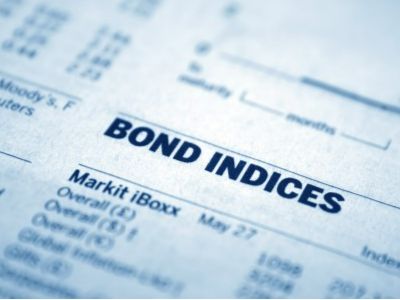DWS: The potential for further gold price increases in the next 12 months may be limited.
2025-02-14 13:54
DWS indicates that there may be limited room for further increase in the price of gold in the next 12 months. Unless Western investors significantly increase their holdings in gold ETFs, or geopolitical conflicts escalate further, it is unlikely that the price of gold will experience a significant rise.
DWS published its market outlook for February 2025, with DWS Global Chief Investment Officer Vincenzo Vedda believing that gold had performed well last year, with its strong upward trend continuing into early 2025, breaking through $2800 per ounce for the first time. However, he indicated that the potential for further gold price increases in the next 12 months may be limited, unless Western investors significantly increase their holdings in gold ETFs or geopolitical conflicts escalate.
Furthermore, Vedda mentioned that since November 2024, the German stock market has outperformed Europe, while the United States ranked third, a rare occurrence in stock market performance rankings. The main reason for the lag in the US market was the stocks related to the AI trend suffering heavy losses. When a new competitor from China announced the successful development of an AI assistant that uses less data and energy, costing only a small fraction of existing services, the market lost $1 trillion in market value in a single day.
Vincenzo Vedda, DWS Global Chief Investment Officer, pointed out, "This exposes the risks of the highly centralized nature of the US stock market." However, this market concentration and its accompanying vulnerabilities are not limited to the US market.
Despite this, Vedda remains optimistic about the outlook for the US and European stock markets in the next 12 months, believing that the decade of low earnings growth has come to an end.
However, the outlook is not without challenges. As Trump announced new tariffs to be imposed next month, hopes for policy softening are fading, and market volatility may increase in the coming months. The escalation of geopolitical tensions may further drag down global economic prospects. If the 10-year US Treasury bond yield exceeds the critical point of 5%, stock market valuations may suffer a major blow.
Regarding the outlook for the US stock market, he stated that the market is not universally overvalued, but rather certain highly concentrated industries have high valuations. Currently, some industries are even undervalued compared to their long-term averages, such as consumer staples and healthcare. However, DWS expects market volatility to increase, and cyclical industrial sectors in the US may show promise.
Due to high valuations and the high level of optimism among market participants about future stock market performance, the risk of a correction in the US stock market has intensified. Corporate earnings performance will be a key factor in the future direction of the US stock market, especially for technology companies, as market participants expect their rapid growth to continue into 2025 and 2026.
RECOMMEND

AMAC: In January, 137 new asset-backed special plans were filed, with a total scale of 1122.64 billion yuan.
26/02/2025

Schroder Investment: Investors should consider allocating funds to securitized credit and insurance-linked securities.
26/02/2025

Reuss County Asset Annual Reflection: Policy Tipping Point is very clear. The semiconductor industry in 2025 is a game for the brave.
26/02/2025


